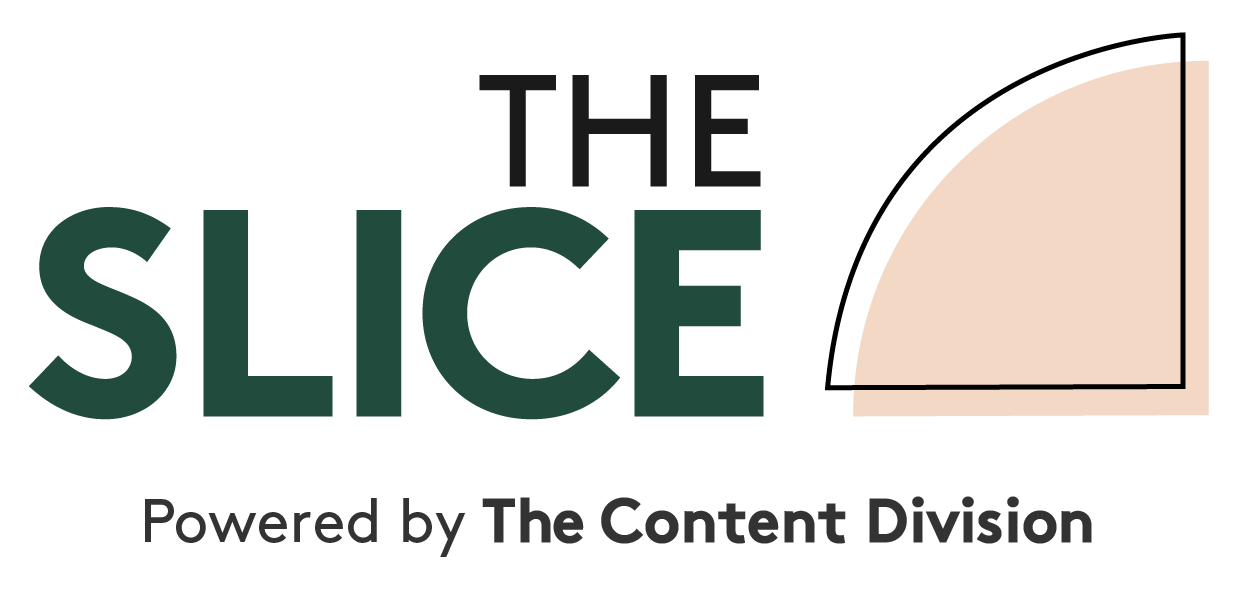
You won’t believe how many times we hear: “We want to boost our site’s ranking on Google. Please take our money and help us with our SEO.”
Businesses often turn their attention to search engines, spending big bucks on strategies to create keyword-targeted first page rankings for this or that query. Some still think of SEO as putting keywords in your content and writing for robots. If long-form content reigns supreme, then your articles should be at least 2000 words long, right?
The problem with this approach is that it is rarely content-led. And if you are not invested in providing value to your reader, then how far will your SEO efforts take you?
A shift in the write direction
Let’s be clear – this is not about pitting SEO and content against each other. If you just write whatever you or your brand wants, this likely won’t achieve results either.
What we’re suggesting is for brands to view writing for search differently. There is still a lingering misunderstanding about what search engine optimisation means, often viewed as “put x,y and z into your content” as opposed to “let these queries inform what you write”. SEO shouldn’t be something that gets in the way of writing a genuine piece of content – rather, it should help you tell the story to your audience.
Yes, your keywords should be covered off, your metadata should be in place, your images should contain alt tags, and your pages should provide enough content and structure (think headings and subheadings) to allow Google to navigate what you have written.
But while the search engine is your medium, the audience should always be your goal.
People first, always
We have a saying at The Content Division – and plenty of evidence to boot – that SEO is what happens when you focus on creating content for humans.
It’s not enough to just add a blog to your website in order to rank for certain keywords. Your website should aim to answer every single one of your audience’s questions.
Queensland beef producer Stanbroke created a consumer-driven beef education called Steak School, which puts the brand in front of an audience of barbecue and beef lovers in a more subtle and targeted way. The website is filled with articles and recipes about cooking with beef – everything from dry aged beef to how to reverse sear a steak, highlighting every lesser known cut along the way.
Steak School is consistently ranked in the top three global search results for common terms such as ‘best cuts of beef”, “should you freeze beef” and my personal favourite “how to cook picanha”, an article that beat out Wikipedia to take 1st position within two months of the content going live (a mammoth achievement when you consider that SEO is a long game at best.)
By focusing on providing valuable and relevant content that satisfies the reader’s queries, Steak School grew their traffic rapidly and continues to draw an average of 40,000 pageviews each week. They also built a community of beef lovers on its associated Facebook page and monthly newsletter, reinforcing that far beyond what ranks well for a search term, the content you create should filter through to your social media, your email marketing, your customer’s experience, your marketing and sales, and your brand.
How to write better content for your audience
Regardless of how many SEO tweaks you make, Google is always eager to show the best and most relevant resource on the internet first. The search engine is constantly updating its algorithms, including its latest Core Web Vitals update which takes user experience to the next level.
Here are some tips for creating audience-focused written content for your website.
1. Focus on fully satisfying user intent
People aren’t searching for keywords so much as they are wanting answers to their questions.
As Google explained in an October announcement, “If you search for ‘home exercise equipment,’ we can now understand relevant subtopics, such as budget equipment, premium picks, or small space ideas, and show a wider range of content for you on the search results page.”
If you research and analyse the topic at hand, then write the answers to common questions around it, your content will be more valuable. The better you answer their queries, the better it is for your SEO. Keywords should be included, yes, but not at the expense of clear, concise writing. In other words, don’t focus on content for clicks – focus on content that people need.
Britt’s List, a leading sustainable fashion publication, focused on providing articles that were super helpful to its audience.
“People were looking for brands making underwear ethically in Australia, they were looking for where to shop sustainably in Melbourne and the top op shops in Brisbane,” says founder Brittanie Dreghorn. “I’ve built a super niche and high value audience of people looking to buy from ethical brands, not to mention thousands of subscribers.”
2. Use words that your audience uses
Find a connection between you and your audience by using the language that your target audience uses. This brings a humanness to your writing that is genuine and relatable. To do this, look to your customer’s personas and write for them in a tone of voice that will resonate. You can also mine reviews, comments and forums for conversations around the topic to help align your voice with the language and voice of your audience.
Seasons Aged Care established a top-funnel content platform called Grey Matters, that began from a conversation with a resident over morning tea at one of their communities.
“I’m sick of being talked about like I’m not in the room.”
The platform strategically engages their key audience – senior Australians – with high quality content that resonates, educates and inspires people to have honest conversations about growing older in Australia. The commercial benefits are there, but the focus is on serving and learning from an audience long-term.
3. Make your content as long as it needs to be.
Hitting a word count for the sake of it will do nothing for your rankings. While there have been many studies about the benefits of long-form content, your readers will quickly bounce if they have to sift through 2000 words of ramblings.
Take an FAQ page for example. One question could be answered in one or two sentences, while another might require a deeper explanation of the topic at hand. Having a mix of both short and long-form content where required on your website will serve your audience – and search engines – best.
TCD Content Producer Rohan Williams dives into content length over here, but in essence – write more when it’s appropriate and less when it’s not.
4. Add images, videos and links – but only if they are impactful
Great page experience (ie page load speed) doesn’t override having great page content. If you’re writing an article about the best interior design tips, for example, readers are going to expect to see images of home interiors and links to relevant products (Tip: always set your external links to open in a new tab).
Adding custom images to your articles will help increase time on page and reader engagement – but if you want your images to be found, remember to add alt tags describing the photo so search engines can read it.
If I have a great blog post that isn’t optimised for SEO, should I go back and change it?
This is another question we often get asked. The truth is, there is nothing wrong with creating non-searchable content for an already-existing audience. Let’s repeat that. There is nothing wrong with creating non-searchable content for an already-existing audience.
What you can do is check whether your post is actually ranking for anything relevant. (You can do this with free tools like Google Search Console.) Then, go back to your article and see if you can better answer that query. But if the post is valuable to your readers – and you will know it is if they are engaging with it – then that’s great. Focus on other distribution methods – such as social media and email marketing – to get more eyes on the post, as opposed to organic traffic.
At the end of the day, strong audience-focused content will drive your site traffic, as well as meet your businesses goals of building an engaged audience for your brand.





